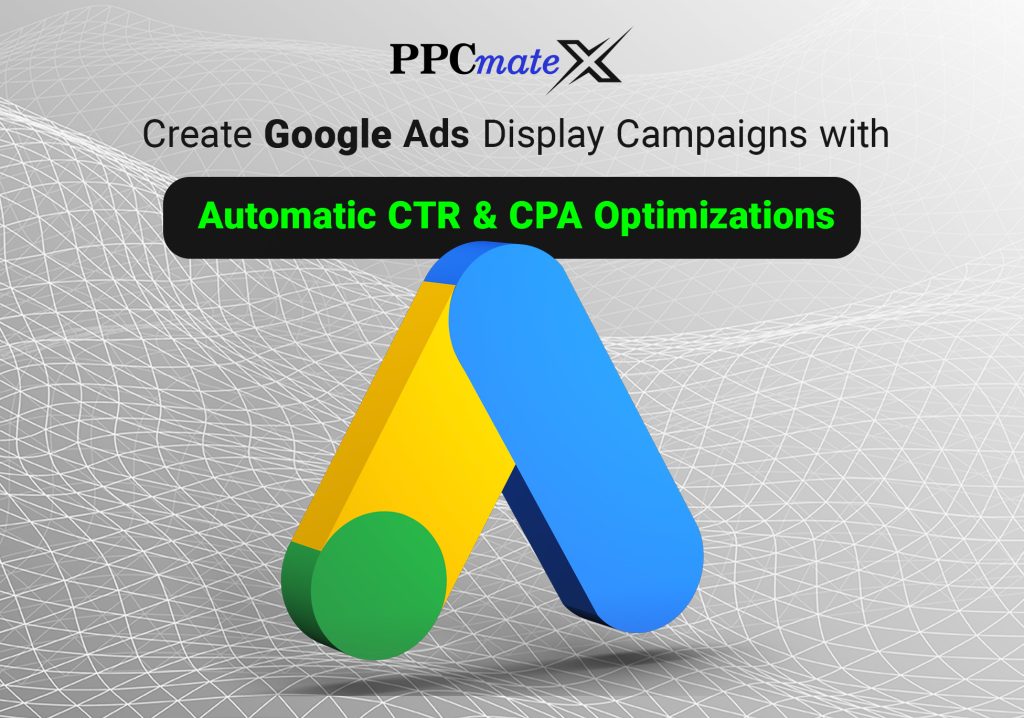One report found that 61 percent of successful content marketers had a documented strategy, while only 13 percent of unsuccessful marketers had one. On top of that, 72 percent of successful content marketers attribute their success to their content marketing strategy. Translation: It’s time to create a documented content marketing strategy.
The good news is, creating a content marketing strategy doesn’t have to be long, drawn-out or complicated. Here’s a quick exercise you can go through to create a simple content marketing strategy. Write down the following questions and answers, then build upon this basic strategy as time goes on.
1. Who is your audience?
Get really specific. This is probably the toughest part, but it’s the centerpiece to the entire strategy. The quickest way to do this is to go off what you know about your existing customers. However, if you don’t have existing customers or if you don’t have buyer personas for your current customers, you’ll need to do a little digging.
Developing marketing personas can get in-depth, but there are a few quick ways to start researching your target audience. Study competitor case studies, read industry analyst reports, go to forums and professional online networks, use Facebook Audience Insights, conduct surveys and interviews, and do cold outreach via email and social media.
A few things you’ll want to know are:
- What causes them to purchase products or services like yours?
- What results do they expect to achieve from products or services like yours?
- What impacts your buyers as they evaluate options?
- Which aspects of competing products or services do they perceive as most critical, and what do your buyers expect for each?
- What causes others to not purchase products or services like yours?
- What concerns cause others to believe that your product or service is not their best option?
Whatever you do, don’t get overwhelmed. Start small and talk to a handful of people first, then build your persona from there. Remember, something is better than nothing.
2. Where do they hang out online?
This should come out as a part of identifying your audience (the previous step). Figure out exactly where they go online, and don’t try to spread yourself too thin. Remember, excelling at one or two channels is much better than being only partly present on a bunch of channels. Make your goal be to get this down to no more than a handful of places online.
Again, talk to customers, conduct interviews (or hire a company to do them), read industry reports, and visit industry forums to get a better picture of where your audience likes to go online.
3. What types of content do they like?
This information should come partly from doing the steps above. If you’ve determined your audience is primarily on LinkedIn, then they might like in-depth articles, whitepapers or slide decks. If they’re on Facebook, then video and list posts might fit their style. If they spend a decent amount of time on Medium, long-form storytelling might be a good fit.
The main goal here is to determine which types of content your audience is and isn’t interested in so you don’t waste your time creating the wrong type of content.
A good way to research this is to interview industry thought leaders, talk to existing customers, conduct surveys, do cold outreach through email and LinkedIn, or go to an industry forum and start talking to people.
4. What do they need to know, and what results do you want your content to achieve?
Chances are, you’re probably not hoping your readers will buy from you based on a single piece of content. As least I hope not. So figure out what you want your content to achieve. What’s the purpose of your content?
Think about your sales funnel and buying cycle. What content would be helpful to your potential customers in each phase? Maybe you want them to sign up for your webinar, download your white paper, join your email list, etc. Whatever the initial offer is, it needs to be very, very attractive for your audience, and it needs to be free.
Ask yourself, “What does my audience or potential buyer need to know before doing business with me? What issues or objections do I need to help them overcome before they’re open to the idea of letting me help them?”
Doing this ahead of time will help make sure you have all content assets in place before you start driving traffic to your content.
How will you track the success of your content marketing?
The best part of a strategy is being able to track it and see it work. Think about how you can track success every step of the way — from traffic to engagement to conversion. What tools will you need? Google Analytics? If so, will you need to set up goals in Google Analytics? What about link tracking and UTM parameters? Also, will you need dedicated landing pages?
Thinking through this simple step and setting up the necessary tools ahead of time will save you a ton of frustration and confusion down the road when you’re scrambling to try to see if your efforts have been successful.
Your content marketing strategy doesn’t have to be complicated to be effective. You just need something to remind you where you’re going and how far you’ve come. Follow these four steps, write it all down, build on it as you go, and you’ll be on your way to content marketing success.
___
by Mike Taylor
source: Entrepreneur









